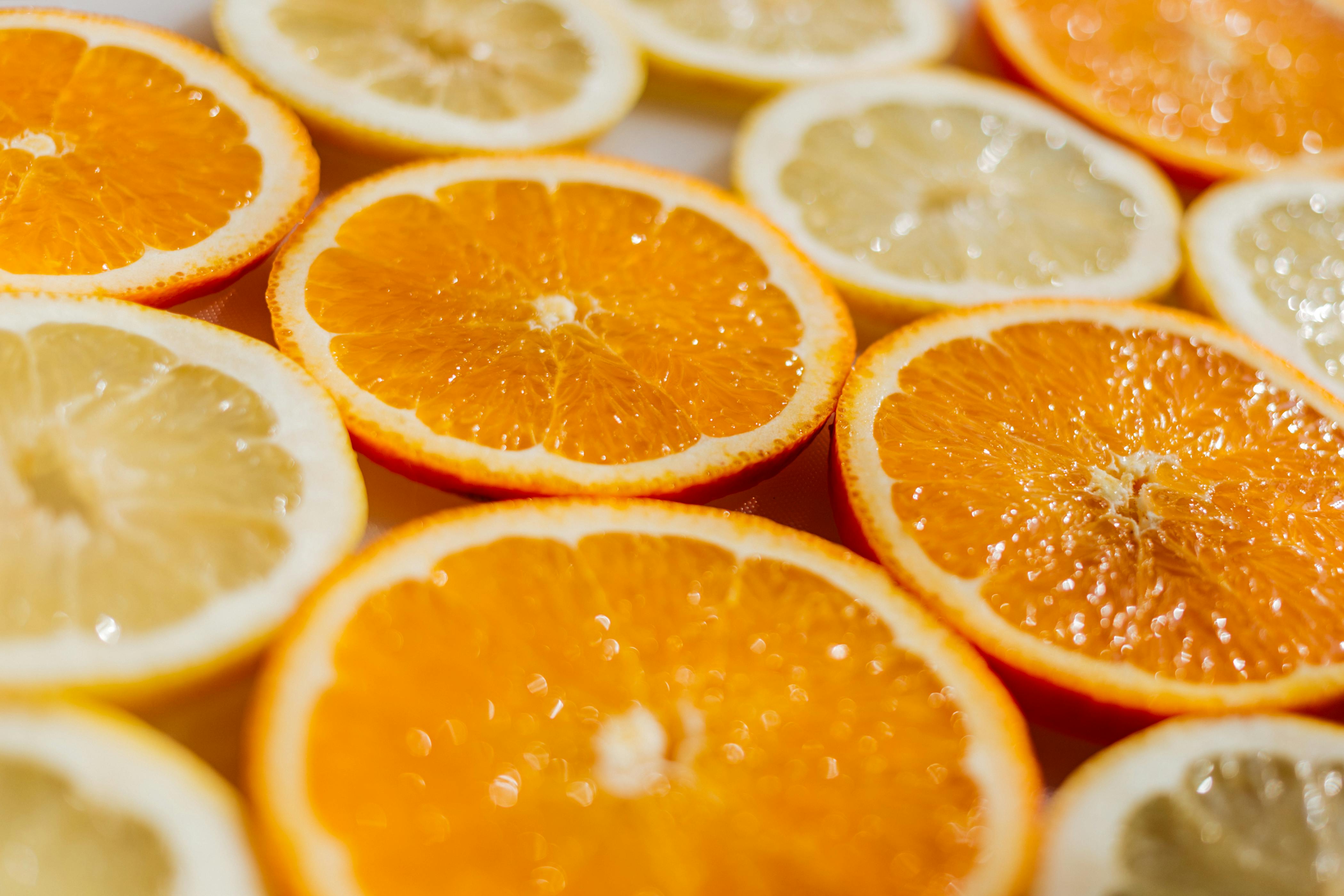If your body weight is 200 pounds and you are of average height, in our therapy group, your body weight is reduced to only 20 pounds. Just this dramatic reduction starts a healing process for your body. From the moment you immerse your body deep in the warm, relaxing water of our therapy pools, your body’s healing process immediately begins by:
- Decrease in aches and pains,
- reduce tension and anxiety,
- Facilitate better circulation and respiratory flow,
- Provides a greater range of body mobility, and
- Puts a smile on your face.
All this from simply stepping into the pool. But if you start a daily exercise routine based on warm water, it will dramatically increase the wellness benefits.
A very good way of looking at it is this: imagine you have two people, of the same age and health, walking up a hill. It’s not a steep hill, just a gentle slope. One person carries 100 pounds on their back in a backpack, while the other carries no additional weight. Which would get to the top faster and with less effort? Now imagine doing that every day. That’s basically what your body puts up with each day you walk, move, and exercise. All the weight of your body is on your hips, your legs, your feet. However, when you submerge your body in one of our therapy pools, this weight is reduced by 90%.
That’s the buoyancy benefit: a reduction in your daily load through lessening of your body weight on the body.
Extension of the benefits of exercise
One of the main drawbacks of exercise is the impact it has on your body. Not to say that exercise isn’t important, just that it affects the body with every pump, jump, and load. An example is running, with each stride your body weight is forced down onto your hips, legs and feet. Yes, special shoes help, but the impact remains the same. Even walking lightly still puts most of your body weight on one hip, one leg, and one foot.
Whereas, in the deep warm body of water, this body weight impact is reduced by 90%. Giving you all the benefits of exercise, without the damage of impact. But surprisingly, exercising in the warmth and depth of our therapy pools takes on a whole new perspective. Daily routines in the outside world weigh on your body. Routines like; getting out of a chair, going up a few stairs, moving an object from one place to another, things you do every day that affect the health and well-being of your body. However, doing those same routines in warm, deep body water actually improves your body. Because each of these movements is performed without the added weight of your body, they are performed in warm water, which amplifies your body’s circulation and blood flow, and provides load-free muscle movement.
The simplest movements in a deep, warm body of water become an essential component of your daily wellness routine. And all this is possible thanks to the depth of our therapy pools.
By contrast, conventional spas do not offer this same type of valuable benefit. Their shallow water depth only provides a very small reduction in their body weight. These types of spas cannot create any movement therapy for you and do not provide any buoyancy benefits, as your small body weight reduction does not help your body. As demonstrated above, the benefit of buoyancy is the key ingredient to an effective aquatic physical therapy routine.









